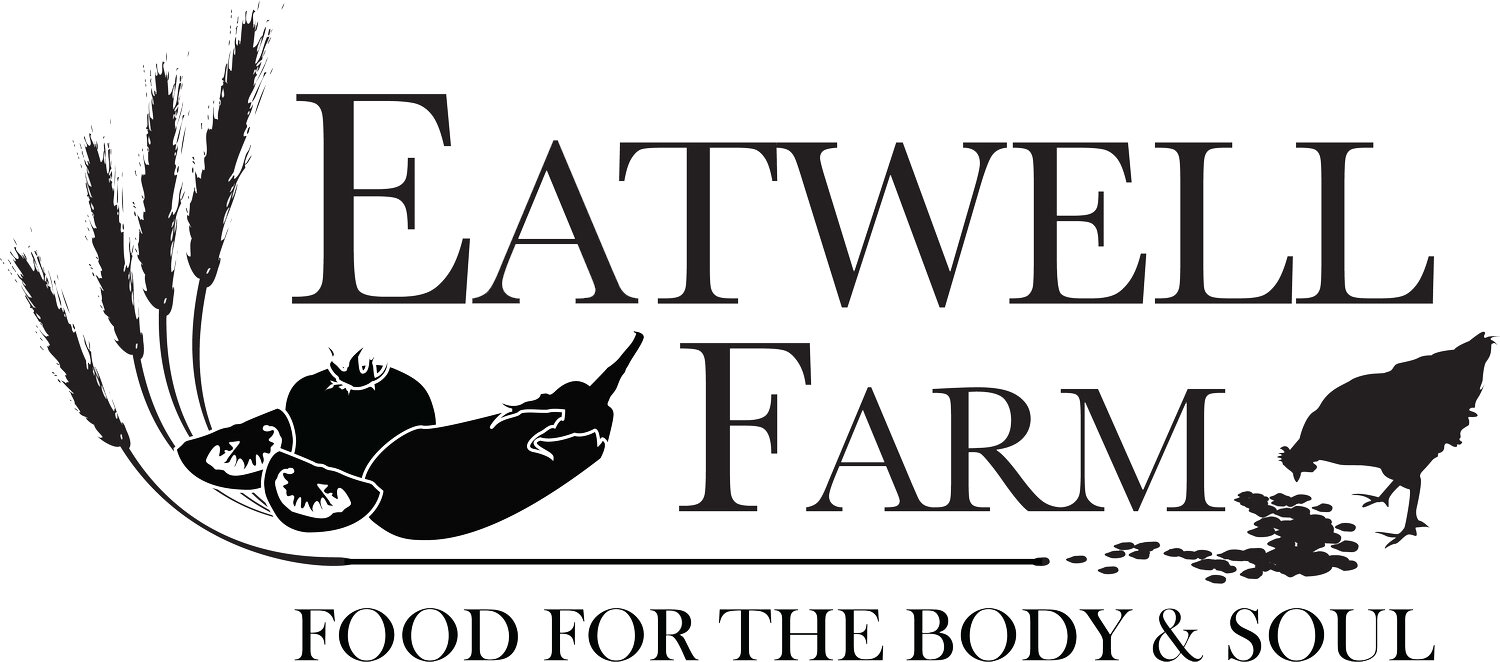A new batch of chicks is arriving on the farm on 2/26 and I was asked by the hatchery if we wanted them vaccinated for Marek's Disease. With every chick so far I have always said no. I have never seen the disease on our farm. But a fellow chicken farmer has seen it recently and it is not a pretty site. Below I have copied disease details from www.thepoultrysite.com
If you have a strong opinion either way please voice it. As always you input will be heard. I need to know what you think before making any decision.
Many Thanks.. Nigel
Extracted From:
A Pocket Guide to Poultry Health By Paul McMullin Marek's disease is a Herpes virus infection of chickens, and rarely turkeys in close association with chickens, seen worldwide. From the 1980s and 1990s highly virulent strains have become a problem in North America and Europe. The disease has various manifestations: a) Neurological - Acute infiltration of the CNS and nerves resulting in 'floppy broiler syndrome' and transient paralysis, as well as more long-standing paralysis of legs or wings and eye lesions; b) Visceral - Tumours in heart, ovary, tests, muscles, lungs; c) Cutaneous - Tumours of feather follicles. Morbidity is 10-50% and mortality up to 100%. Mortality in an affected flock typically continues at a moderate or high rate for quite a few weeks. In 'late' Marek's the mortality can extend to 40 weeks of age. Affected birds are more susceptible to other diseases, both parasitic and bacterial. The route of infection is usually respiratory and the disease is highly contagious being spread by infective feather-follicle dander, fomites, etc. Infected birds remain viraemic for life. Vertical transmission is not considered to be important. The virus survives at ambient temperature for a long time (65 weeks) when cell associated and is resistant to some disinfectants (quaternary ammonium and phenol). It is inactivated rapidly when frozen and thawed.
History, clinical signs, distribution of lesions, age affected, histopathology. None. Prevention Hygiene, all-in/all-out production, resistant strains, vaccination generally with 1500 PFU of HVT at day old (but increasingly by in-ovo application at transfer), association with other strains (SB1 Sero-type 2) and Rispen's. It is common practice to use combinations of the different vaccine types in an effort to broaden the protection achieved. Genetics can help by increasing the frequency of the B21 gene that confers increased resistance to Marek's disease challenge.Marek's disease
and
Disease
© 2004
Click Here to
Order Your CopyIntroduction
Signs
Post-mortem lesions
Diagnosis
Differentiate from Lymphoid leukosis, botulism, deficiency of thiamine, deficiency of Ca/Phosphorus/Vitamin D, especially at the start of lay.Treatment

